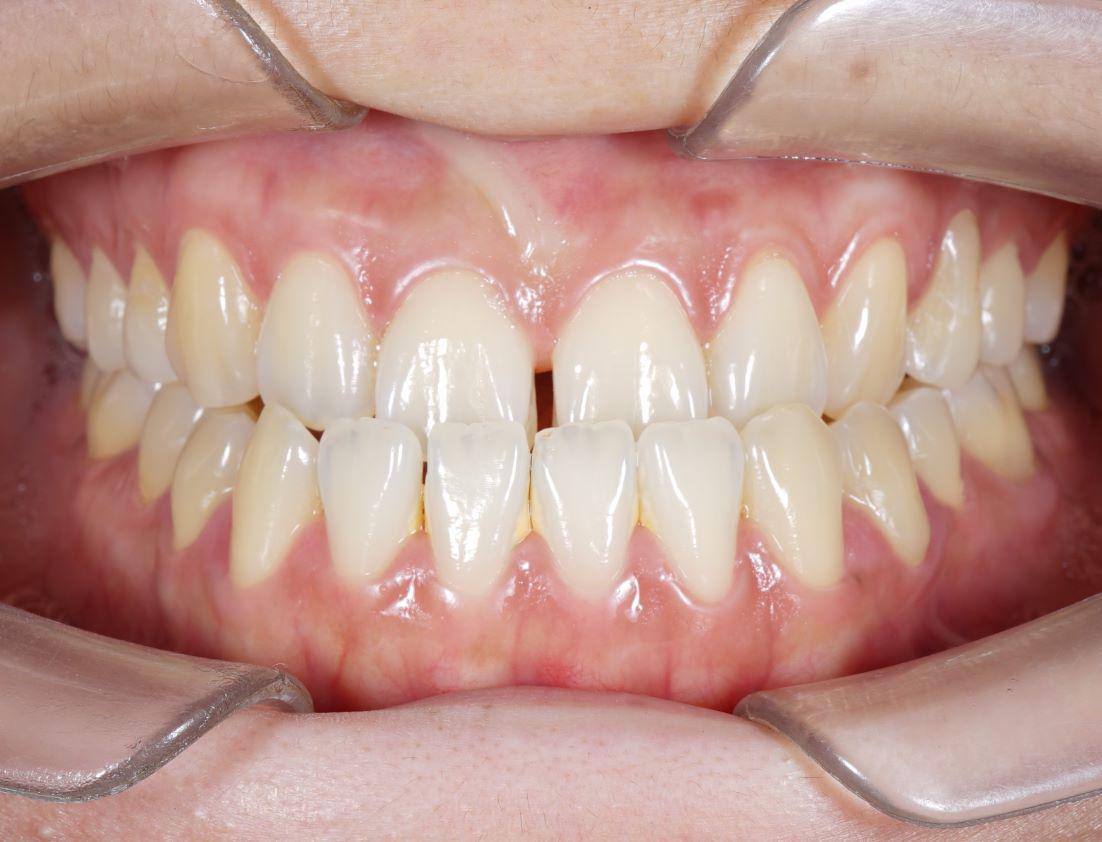A properly aligned bite is essential not only for a beautiful smile but also for your overall oral health and function. If you or your child have noticed that the upper and lower teeth don’t fit together correctly when biting down, you may be dealing with a condition called a crossbite. At our office, we’re here to help you understand what a crossbite is, how it can affect your dental health, and what treatment options are available to restore proper alignment.
Understanding Crossbite: What Does It Mean?
A crossbite occurs when one or more of the upper teeth sit inside the lower teeth when your jaws are closed, instead of slightly outside as they normally should. This misalignment can happen in the front teeth, the back teeth, or both. Crossbites can be caused by several factors, including genetics, prolonged thumb-sucking or pacifier use during childhood, or delayed loss of baby teeth. Sometimes, a crossbite develops because the upper jaw is too narrow or the lower jaw is positioned too far forward.
How Crossbites Can Affect Your Oral Health
While some crossbites may be mild and cause no immediate pain, they can lead to more serious problems if left untreated. One common issue is uneven wear on the teeth, where certain teeth bear more pressure than others during chewing. This can cause premature enamel erosion or chips. A crossbite can also cause strain and discomfort in your jaw muscles and joints, sometimes leading to temporomandibular joint (TMJ) disorders that cause headaches or jaw pain.
Additionally, an untreated crossbite can affect the symmetry of your face and lead to difficulties with speech or chewing. For children, early correction is important because the condition can influence the growth and development of their jaws and teeth, potentially causing more complex issues in the future.
Signs You Might Have a Crossbite
You may notice that your bite feels “off” or uneven when you close your mouth. Your teeth might not fit together as they should, or you might observe wear marks on specific teeth more than others. Sometimes, crossbites cause frequent cheek biting or a clicking sensation in the jaw when opening and closing your mouth. If your child has a crossbite, they might also display difficulty chewing or even complain of jaw pain.
If any of these signs sound familiar, we encourage you to schedule an appointment. During a thorough exam, we can assess the alignment of your teeth and jaws and determine whether a crossbite is present.
How We Diagnose and Treat Crossbites
Diagnosing a crossbite involves a comprehensive evaluation of your bite, teeth, and jaw relationships. We use advanced imaging and bite analysis tools to understand the severity of the condition and plan the best treatment for you or your child.
For children, early intervention often means using orthodontic appliances such as palatal expanders that gently widen the upper jaw to improve alignment. These devices take advantage of the flexibility of growing bone, making correction easier and more effective.
In teenagers and adults, braces or clear aligners like Invisalign are common options. These methods gradually shift the teeth into proper position, correcting the bite over time. In rare or severe cases, jaw surgery may be recommended to reposition the jaws for optimal function and appearance.
Our team will work closely with you to create a personalized treatment plan that meets your needs, lifestyle, and goals. We prioritize comfort and clear communication throughout your journey to a healthier bite.
Why Early Treatment Matters
Crossbites tend to get worse over time if left untreated. By addressing the problem early, especially in children, we can guide the growth of the jaws and teeth to reduce the need for more invasive treatments later. Early treatment helps prevent uneven tooth wear, jaw discomfort, and potential speech difficulties. It also contributes to a more balanced facial appearance and a confident smile.
Even if you’re an adult, it’s never too late to seek treatment. Modern orthodontic techniques allow us to improve bite function and aesthetics safely and effectively at any age.
What to Expect During Treatment
If orthodontic treatment is recommended, you can expect a customized approach that fits your lifestyle. We’ll explain how to care for your appliances or aligners and schedule regular checkups to monitor your progress. Most patients adapt quickly and enjoy the benefits of improved bite and comfort as treatment progresses.
Our goal is to make your experience as smooth and positive as possible, so you can enjoy the long-term benefits of a well-aligned bite.
Ready to Correct Your Bite?
If you suspect you or your child has a crossbite, don’t wait to get a professional evaluation. Early diagnosis and treatment can save you from more complex dental problems and discomfort down the road. Our experienced team is here to provide expert care and support every step of the way.
Contact our office today to schedule your orthodontic consultation, and take the first step toward a healthier, more comfortable smile.


